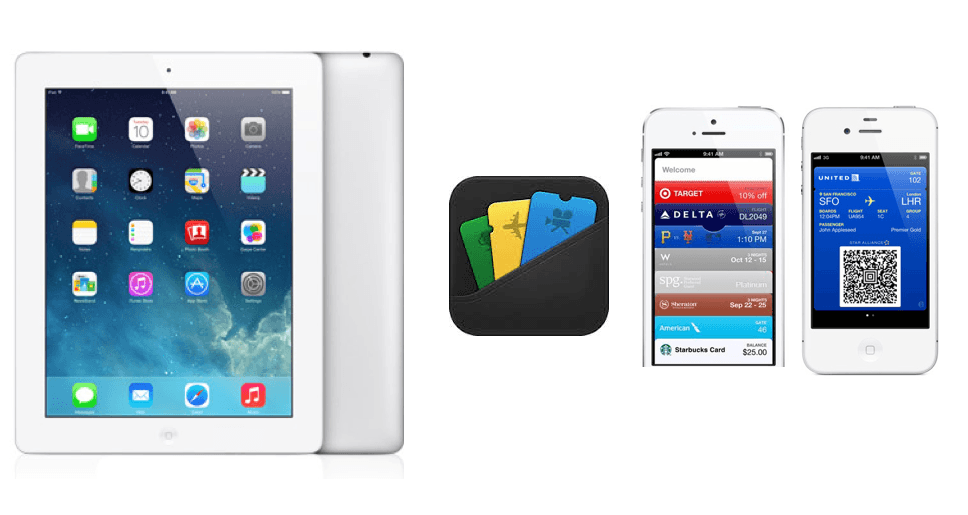Marketing is a tricky place to be. On the one hand, most marketers in position today were not given the training in school to deal with all the new devices, tools and platforms available today. There’s social media, mobile, search, omnichannel and big data and more. More importantly, though, very few marketers were ever equipped with a mindset to handle today’s chatty, impatient, picky if not dissipated consumer. Thus, marketers are naturally struggling to master, as McKinsey coined it, the consumer decision journey.
Consumer’s needs and wants
The prime issue is about being able to understand the consumer, who she/he is, where, when and how she/he is approachable. In short, it is about getting to grips with what is going on in the consumer’s mind. And, even supposing the marketer gets a handle on the consumer journey, the greatest challenge of all is getting the organization to support the necessary changes to accommodate the consumers’ needs and wants.
Getting into the consumer’s shoes

Granted there are many consumers and many different paths to a purchase. It is certainly difficult to gauge the full spectrum of usages of these new technologies. There is no such thing as a generic consumer decision journey. To the extent that we are moving into unchartered territories, it appears evermore clear to me that, in order better to understand the consumer, it is vital that marketers — and the chief executives managing the business — actually act as consumers themselves. By this I mean that they need to be using the tools and platforms themselves, including a whole amount of experimentation and discovery. Secondly, and just as significantly, marketers must get up from behind their desks and start doing some IRL observing of how consumers are interacting together and on their devices. Otherwise, one will end up with major mistakes being made. Take Apple’s decision not to have the Passbook app on the iPad. Notwithstanding possible budgetary considerations, I would argue that this is a perfect example of NOT understanding the consumer decision journey. A typical reaction I have observed, that at first glance seems justified, is as follows:
“It just astounds me when I see people lugging their tablets when they go out to social events.”
Such a reaction comes from a very short sighted view of consumer usage. Have you not ever found yourself wondering why an app isn’t on your device, only to realize that it is on another device you own and not on the one you have in hand?
Check your assumptions
Clearly, for this person, the consumers are not acting correctly. The net result is that this person, as a marketer, would tend to think that consumers are wrong. Going deeper, the issue has a second layer. Perhaps it is unwieldy to take an iPad with you to a party or cinema; however, the iPad may be the ideal device to search for a cinema or find the directions before going to the party. Once you get to the party or cinema, you might then need more information, seamlessly connected with that which was stored in the iPad (i.e. the directions). Thus, both devices can be useful for the same “journey.” Marketers who, like this person in a forum, make the mistake of not thinking through the entire consumer decision journey, will fall short.
“For most folks, passbook on the iPad really wouldn’t be all that useful due to its size and the context in which the app is generally used.”

Of course, for now, the real issue with the Apple passbook is that too few vendors are using it. However, from a user perspective, in the hopes that the Passbook will pass the tipping point, I find that the lack of an app for the iPad — and even the mini iPad — is a howling mistake. For example, I may want to view my Passbook on my couch before I leave for the airport to see if I have enough money on my Starbucks card, to see if my boarding pass is indeed ready, etc. That information should be seamlessly available on my iPad and iPhone. Moreover, I may just yet use the iPad when I get to the ticket counter at the airport. After all, we still need to keep the iPad out for the baggage scan.
Do you agree? Do you have any examples of misunderstood consumer decision journeys?










